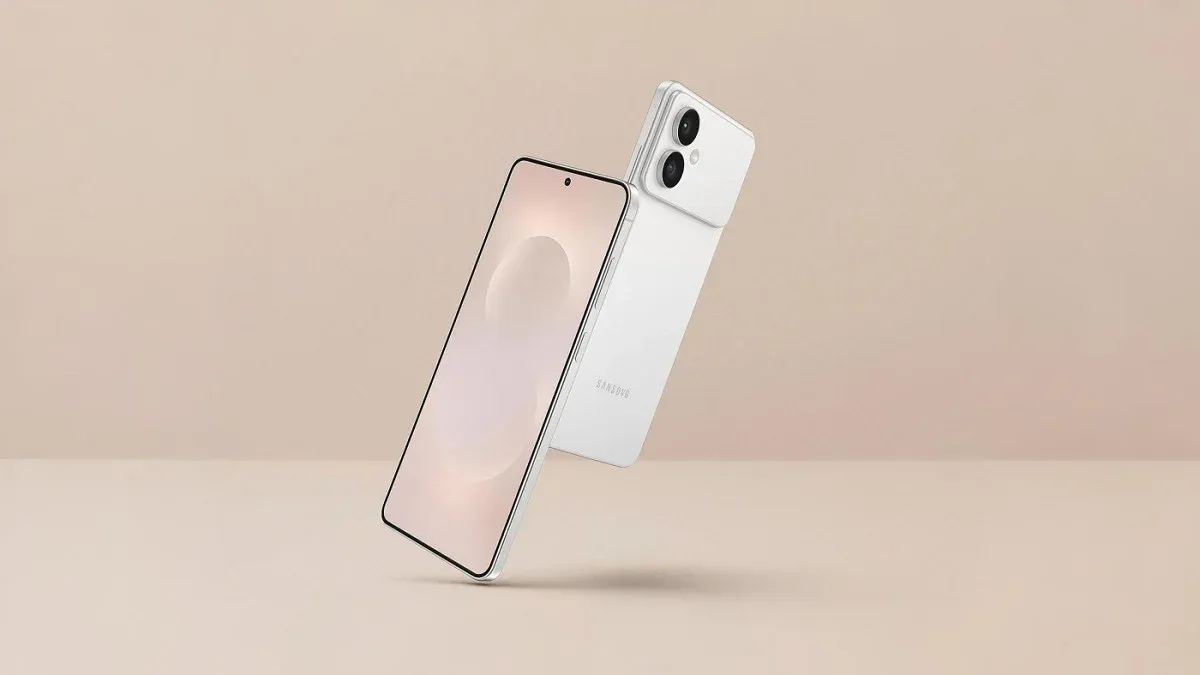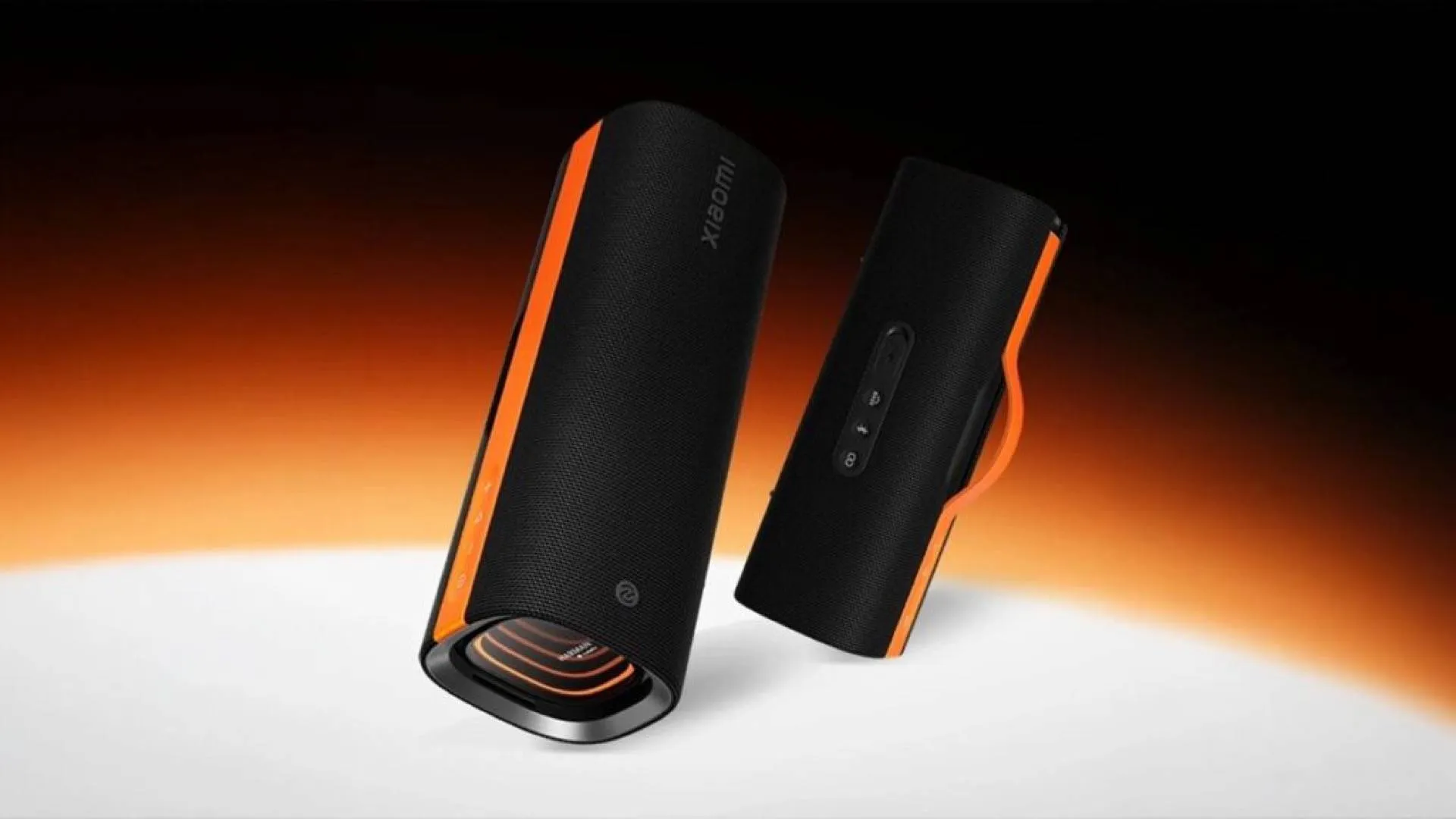The Future of Gaming: PS6’s Backward Compatibility Unveiled [Reuters]
TechTuesday, 17 September 2024 at 06:27
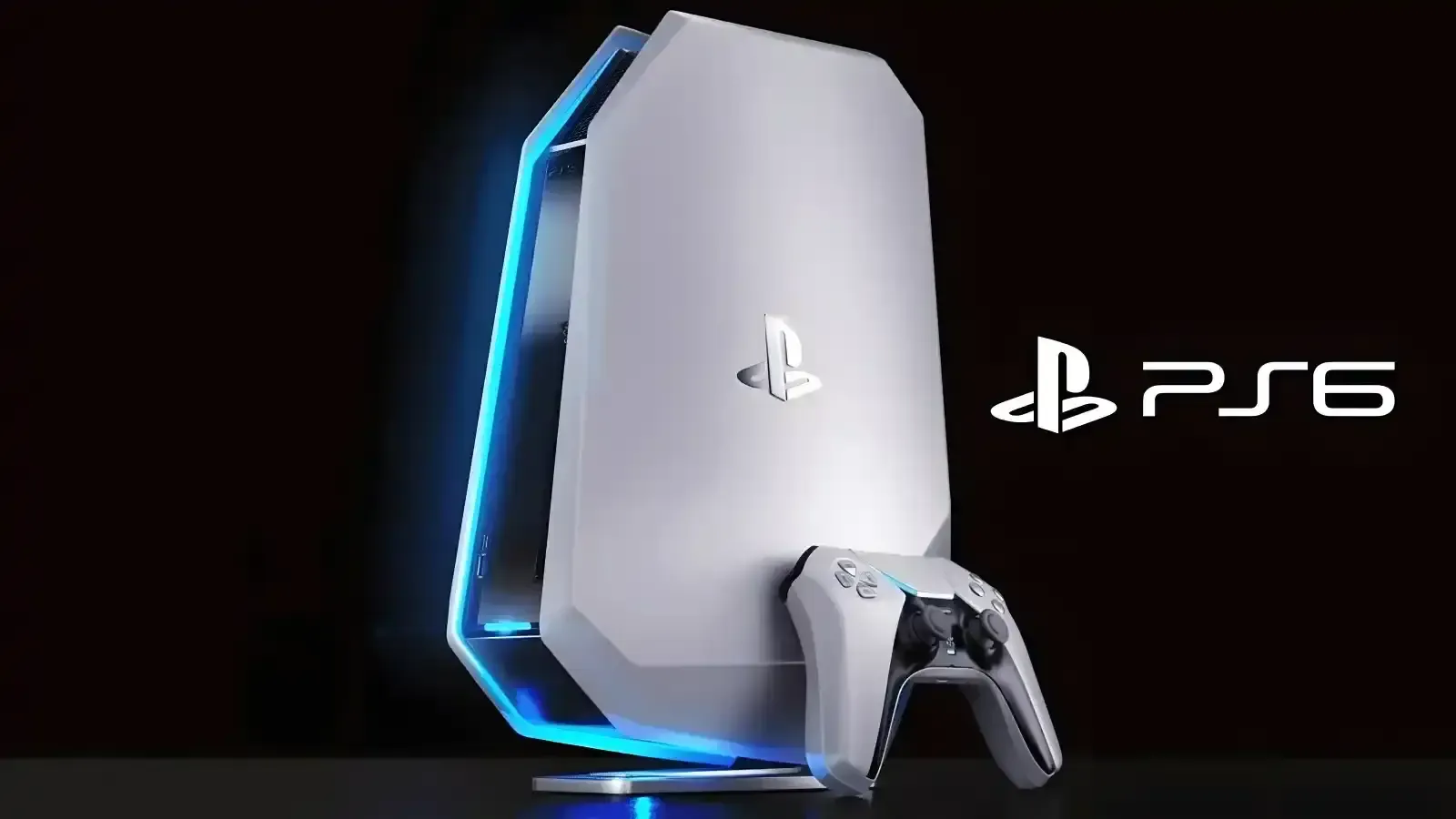
The PlayStation 5 Pro launch is still fresh in the minds of gamers, but there’s already buzz about the next big thing: the PlayStation 6. According to Reuters, three sources have revealed details about Sony’s negotiations with Intel and AMD over the chip for this future console. While Intel was part of the discussion, AMD eventually won the contract in 2022. This was a huge loss for Intel, as Reuters reported the deal could have been worth billions each month.
PS6 Backward Compatibility: Why AMD Won
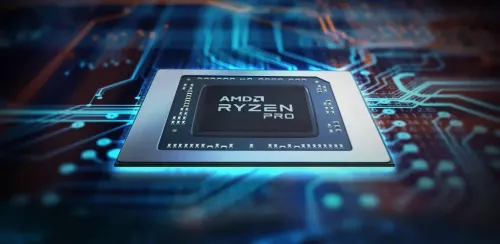
One major reason for AMD’s victory is its strong history with Sony, having provided the chips for both the PlayStation 4 and PlayStation 5. Keeping AMD as the supplier helps maintain backward compatibility between these consoles and the upcoming PlayStation 6. Switching to Intel could have made playing older PlayStation games on the new console more difficult or expensive, as integrating compatibility for past games would require significant resources.
Another reason was reportedly a disagreement over the pricing of Intel’s chips, which added to AMD’s advantage in securing the contract.
PS6 Backward Compatibility and the Future of Gaming
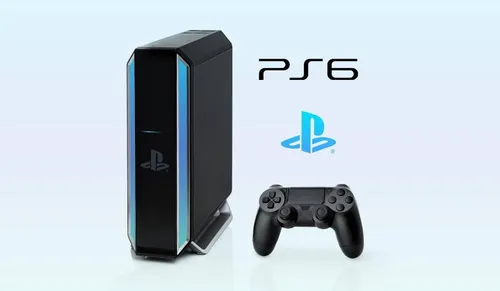
Maintaining backward compatibility is important to many gamers. Reuters suggests that any switch from AMD to another chip supplier could have made it harder to play PlayStation 4 and PlayStation 5 games on the new PlayStation 6. While streaming older games from the cloud is an option, it doesn’t fully replace the experience of playing games directly on the console. In fact, before the PlayStation 5 launch, Sony had plans to expand compatibility with older games, but they ran out of time to make it happen.
The question remains: Will the PlayStation 6 fully support older titles? While it seems likely, Sony hasn’t made any concrete promises yet.
Intel’s Struggles
The Intel loss is part of a bigger issue for the company. In August, Intel laid off over 15,000 employees, which caused a rapid decline in their stock price. Many analysts blame Intel for failing to adapt to the growing trend of artificial intelligence (AI), an area where Nvidia and AMD have made significant strides. Nvidia has taken advantage of the AI boom, and AMD has also begun shifting its focus to AI technologies, leaving Intel lagging behind.
While Intel disagrees with Reuters’ claim that the lost Sony contract is a major blow, they declined to comment further on the matter. Neither Sony nor AMD responded to requests for comment from Reuters.
What’s Next for PlayStation?
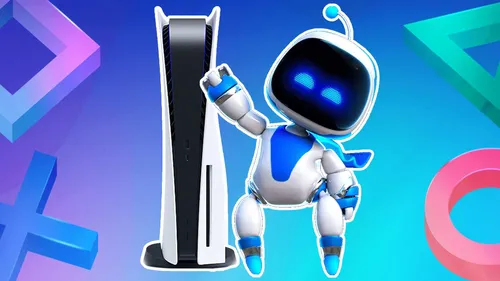
The PlayStation 6 is still far from release, but the groundwork is already being laid. The choice to stick with AMD for the chip seems like a strategic move to ensure a smooth transition for gamers from the PlayStation 4 and 5. Backward compatibility remains a top priority for Sony, as does delivering a powerful, next-gen gaming experience.
As for Intel, the company will need to rethink its strategy to compete with giants like Nvidia and AMD, especially in the AI space. The competition for future tech contracts will be fierce, and Intel will have to adapt quickly if it wants to keep up.
In the meantime, gamers can look forward to more information about the PlayStation 6 as development progresses. Will the next generation console revolutionize gaming even further? Only time will tell, but it’s clear that Sony is carefully planning its next move to stay ahead in the industry.
Popular News
Latest News
Loading
